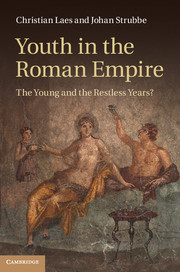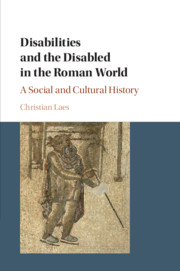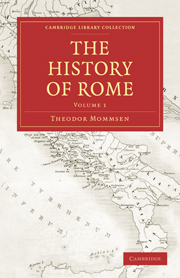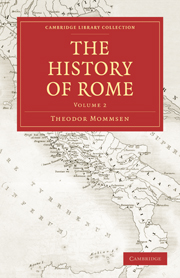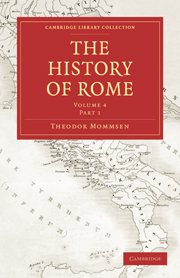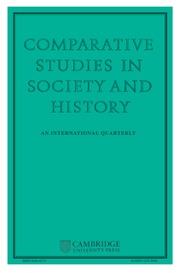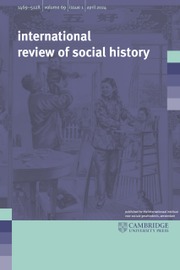Youth in the Roman Empire
Modern society has a negative view of youth as a period of storm and stress, but at the same time cherishes the idea of eternal youth. How does this compare with ancient Roman society? Did a phase of youth exist there with its own characteristics? How was youth appreciated? This book studies the lives and the image of youngsters (around 15–25 years of age) in the Latin West and the Greek East in the Roman period. Boys and girls of all social classes come to the fore; their lives, public and private, are sketched with the help of a range of textual and documentary sources, while the authors also employ the results of recent neuropsychological research. The result is a highly readable and wide-ranging account of how the crucial transition between childhood and adulthood operated in the Roman world.
- Gives the reader an up-to-date overview of the lives of Roman boys and girls, with new views on many debated topics
- Fully discusses for the first time the impact of Christianity and the Christian Church on youth
- Employs a wide range of different kinds of textual and documentary sources, some newly published, and a range of methodological approaches drawing on sociology, anthropology and neuropsychology
Product details
March 2014Hardback
9781107048881
277 pages
235 × 158 × 20 mm
0.54kg
7 b/w illus.
Available
Table of Contents
- 1. Questioning the concept of youth
- 2. Minority, majority: youth, divisions of the human life course and Roman law
- 3. Terminology and characteristics of youth
- 4. Rites of transition
- 5. Youth and ancient medicine
- 6. Youth and education: the rhetor and 'university'
- 7. Associations of adolescent youths
- 8. Youthful behaviour
- 9. Youths in public offices
- 10. Occupational training
- 11. Marriage
- 12. Youth and Christianity: continuity or change?
- Conclusion.

